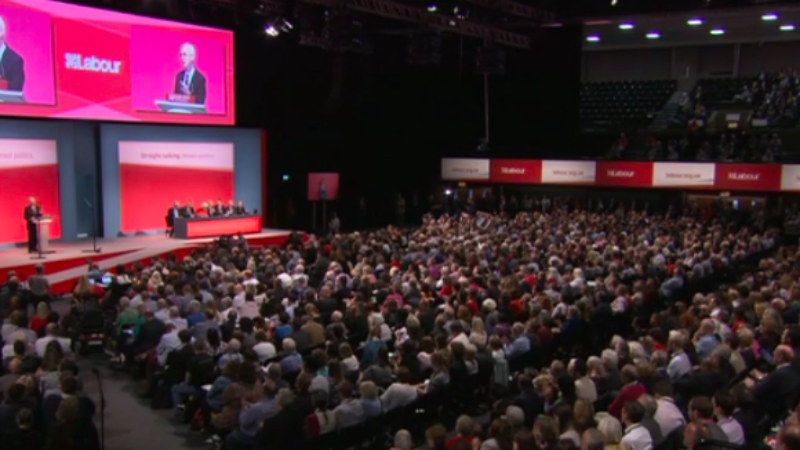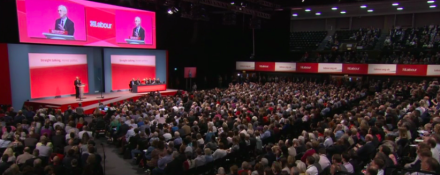

Momentum has joined forces with two other left-wing campaigning groups for a fresh push to increase the number of directly-elected members of Labour’s ruling body.
The new drive aims to get the party to adopt a series of internal reforms including a doubling of the number of constituency Labour Party representatives on the party’s national executive committee (NEC).
The Your Party campaign, organised with the Campaign for Labour Party Democracy (CLPD) and the Centre Left Grassroots Alliance (CLGA), could hand much more power over how the party is run to pro-Corbyn voices.
Currently, Labour members elect six representatives to the 35-person NEC, with the left of the party seeing success in this summer’s election as all six places went to candidates from the Momentum/CLPD/CLGA slate.
That gave the Corbynite wing a slight majority on the NEC, although it was ultimately short-lived with Labour conference voting to hand two new places to Welsh and Scottish Labour frontbenchers, which were both filled by Corbynsceptics.
Following a series of controversial decisions by the NEC earlier in the year, organisers on the left decided they wanted to win greater influence on the executive to support their desire to reshape the party, but that it is also currently a hot topic on a grassroots level. Widespread unhappiness from party members with the NEC is unlikely to last long-term, and the executive is holding an away day on November 22 to discuss several party reforms, including potential changes to the body itself.
With Labour membership now standing at around 640,000 (up from around 200,000 on the day of last year’s general election), Momentum is pushing for the number member representatives on the NEC to be “equal to that of affiliated trade unions”. Currently, trade unions have 12 representatives on the committee, the shadow cabinet has three, and Labour councillors have two.
The NEC is likely to need some convincing that such a large increase in membership representation is required, as it would essentially dilute the influence of every other group on the executive.
It also shows a growing wariness from some elements on the left as to how strongly allied to Corbyn the trade unions will be in the long-term. The GMB supported Owen Smith in this summer’s leadership contest while Unison’s backing of the Labour leader appeared cooler than previously. More recently, divides have opened up on policy, with Unite and GMB strongly in favour of backing Trident jobs – as well as Heathrow expansion – despite the anti-nuclear stance of the Labour leadership.
Attempting to bring the Labour members’ section in line with the number of trade union reps could prove controversial, with the unions likely to point to the several million members they represent in the labour movement. However, there is likely to be some re-jigging of union places in future, following the merger of UCATT and Unite next year.
The Your Party campaign says its website “enables members to put forward what they want from the Labour Party – thousands of members have already submitted their views on how Labour can transform into a modern party of Government. The conclusions of the campaign will be presented to the NEC in advance of the away day.”
Among the other aims of the campaign are more power to be handed to conference delegates, lower membership fees, for CLPs to play a bigger role in communities outside of party work, more autonomy for affiliated youth and liberation groups in the party, and for the NEC to be more “accountable to affiliated and individual members”.




More from LabourList
‘Why I ‘stand with her’: a survivor’s call to unite against violence and misogyny’
’25 years of offshore wind shows what can be achieved by energy and climate ambition’
‘Lammy has shattered Labour’s Brexit omerta and reopened discussion on relations with the EU’